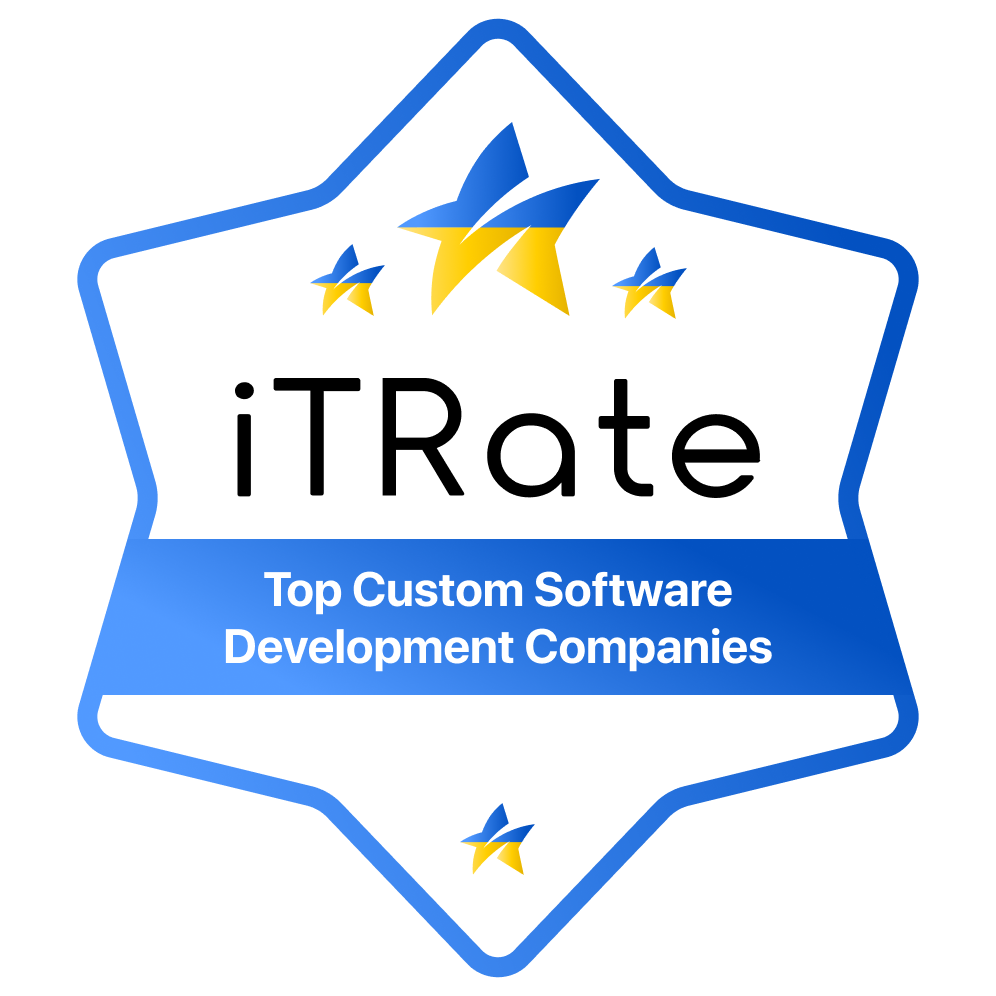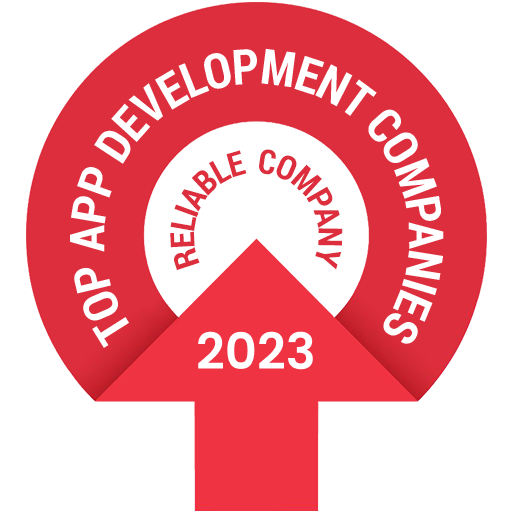E-commerce Conversion Optimization
Why this guide matters
Conversion lifts rarely happen because of a single “growth hack.” They happen when teams understand their funnel, diagnose friction, experiment deliberately, and keep insights connected to trading, merchandising, and product. This guide provides the frameworks and artefacts to operationalise that process.
Inside the toolkit
- Funnel diagnostics worksheet to surface the highest-impact leaks.
- A/B test prioritisation matrix with effort, impact, and confidence scoring.
- Lifecycle messaging playbook and revenue attribution dashboard templates.
Map the funnel with evidence
Start by capturing the end-to-end customer journey in the funnel diagnostics worksheet. For each stage, note the data sources and qualitative signals you’ll use:
| Stage | Questions to answer | Evidence sources |
|---|---|---|
| Awareness | Are we attracting the right audiences? | Traffic segmentation, campaign reports, on-site poll responses. |
| Consideration | Where do users drop off while browsing? | Session recordings, heatmaps, product view-to-add-to-cart ratio. |
| Decision | Why do carts get abandoned? | Checkout analytics, exit surveys, support ticket tags. |
| Purchase | What friction exists during payment? | Payment error logs, payment method mix, load time metrics. |
| Retention | Do first-time buyers come back? | Cohort retention, email engagement, customer feedback. |
Tip: pair analytics with three customer interviews per month to understand the “why” behind the numbers.
Design experiments with purpose
Use the prioritisation matrix to score each idea by effort, impact, and confidence. Start with hypotheses that:
- Address a well-defined friction point.
- Have supporting evidence from analytics or user feedback.
- Can be measured with a single success metric.
Some high-leverage categories to consider:
Product discovery
- Modernise search and filtering (synonyms, typo tolerance, merchandising rules).
- Highlight social proof (customer photos, ratings distribution, UGC snippets).
- Bundle recommendations based on frequently bought together data.
Checkout experience
- Shorten form fields and surface autofill for address and payment details.
- Show delivery estimates, returns policy, and trust badges near the payment button.
- Introduce alternative payments (BNPL, wallets) for high drop-off markets.
Lifecycle messaging
- Design welcome flows that guide new shoppers through onboarding offers.
- Trigger browse and cart recovery messages with dynamic product content.
- Highlight replenishment cadence for consumables or cross-sell accessories.
Trust & reassurance
- Surface customer stories and reviews where hesitations typically occur.
- Communicate sustainability, sourcing, or manufacturing credentials clearly.
- Display live support options or response times at checkout.
A/B testing workflow
Follow this rhythm for each experiment:
- Hypothesis – Document the friction, proposed change, and expected outcome.
- Design – Build variations and define success metrics in the prioritisation matrix.
- Run – Launch the test for a statistically appropriate duration; avoid ending early.
- Review – Capture the result (win, loss, neutral) and add learnings to the experimentation log.
- Rollout or iterate – Ship the winning variant or design the next iteration.
Keep tests mutually exclusive when possible to isolate impact and avoid conflicting experiences.
Measure what matters to the business
| Metric | Why it matters | Where to track |
|---|---|---|
| Checkout completion rate | Primary indicator of revenue leakage. | Analytics funnel reports, broken down by device and payment method. |
| Average order value | Shows whether merchandising and cross-sell initiatives are working. | Trading dashboard, segmented by campaign or audience. |
| Repeat purchase rate | Highlights lifecycle effectiveness beyond first order. | Cohort retention analysis, email/SMS engagement. |
| Experiment velocity | Keeps teams accountable to continuous testing. | Experimentation log (number of tests started and completed monthly). |
Put it all into motion
- Complete the funnel diagnostics worksheet to identify the highest-impact leaks.
- Populate the experiment prioritisation matrix with at least five hypotheses.
- Set up the revenue attribution dashboard to monitor AOV, conversion, and repeat purchase trends.
- Launch one experiment every two weeks and log outcomes in the experimentation tracker.
- Review results with trading, merchandising, and lifecycle teams to plan the next iteration.
Continuous optimisation is a team sport. When insight gathering, experimentation, and merchandising move in lockstep, conversion gains compound and drive sustainable revenue growth.


